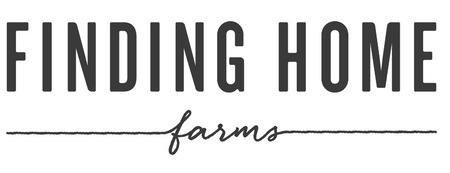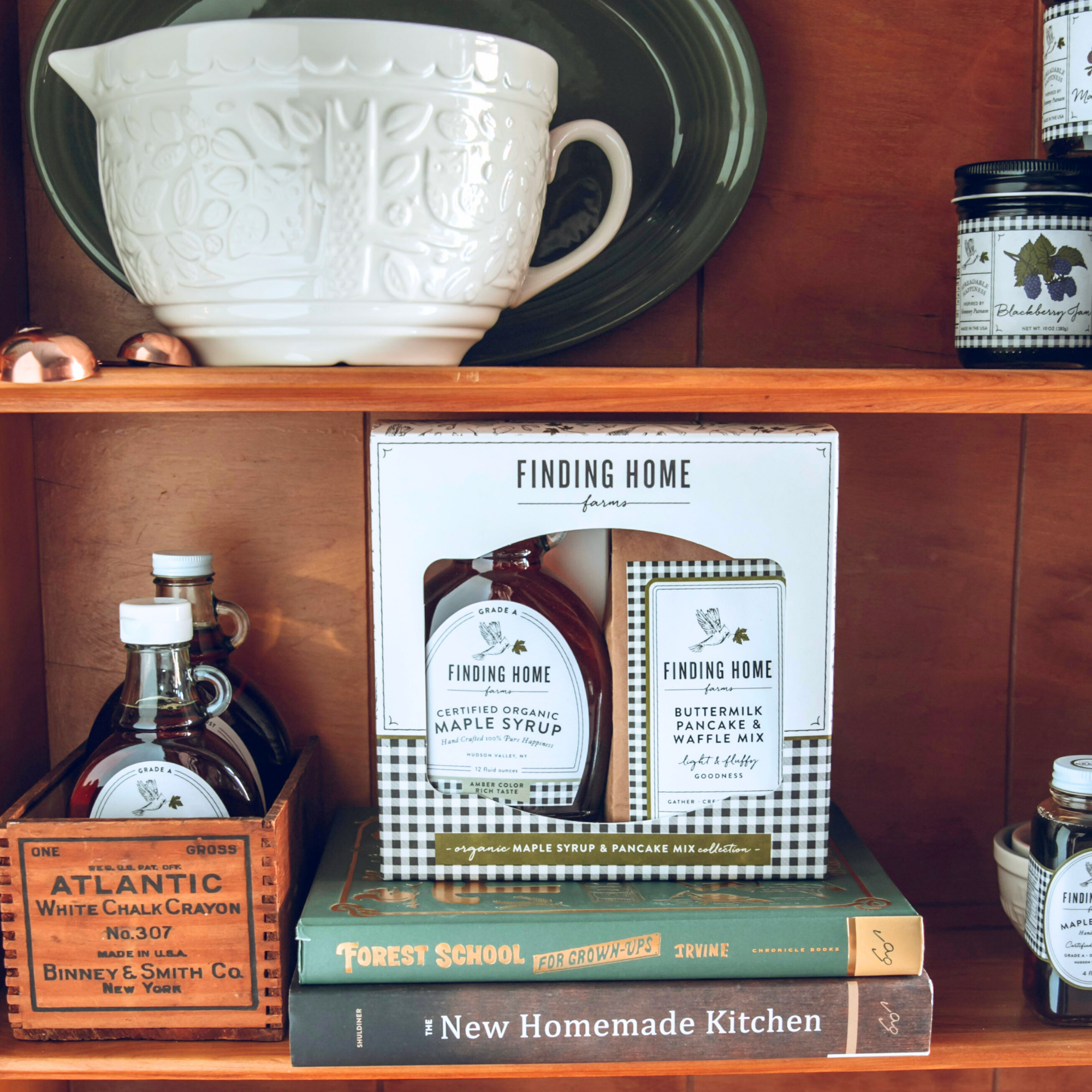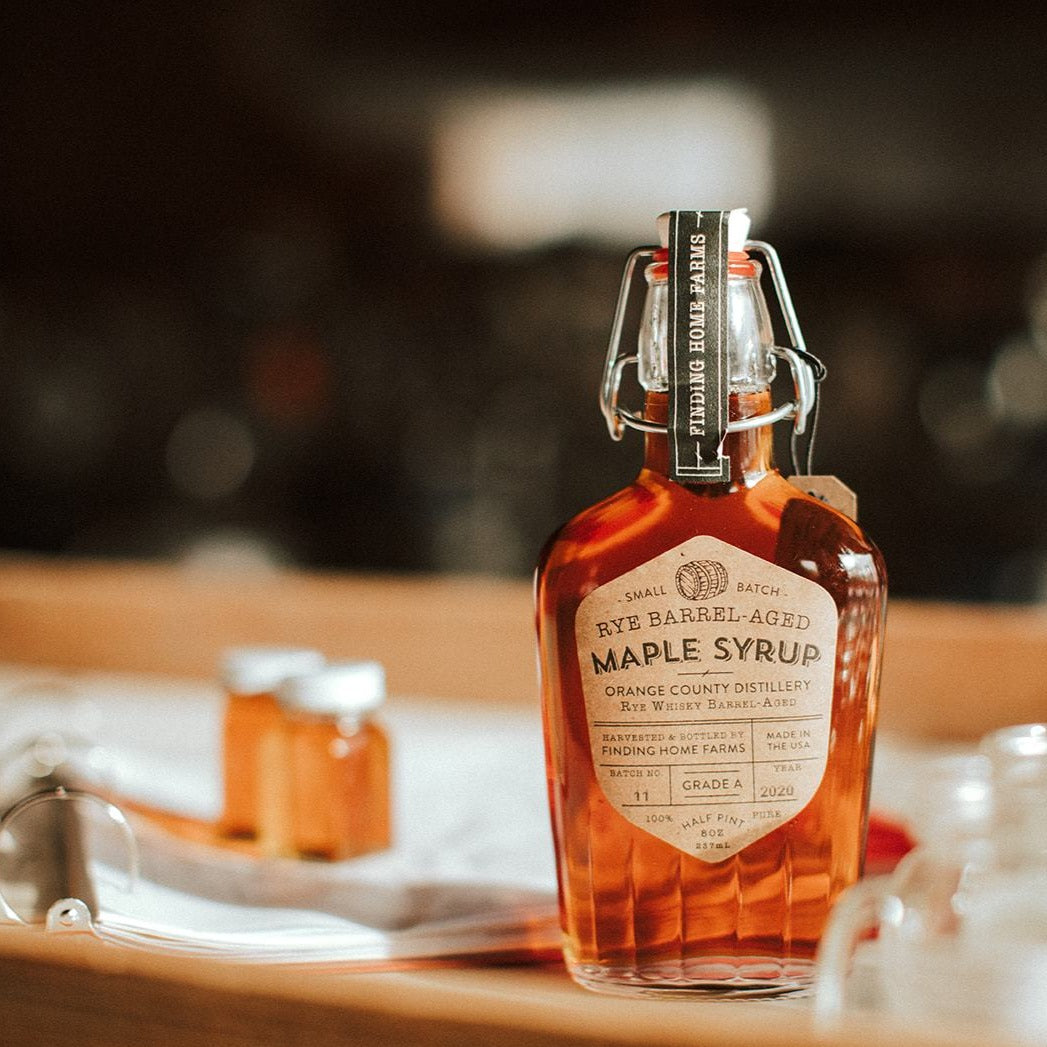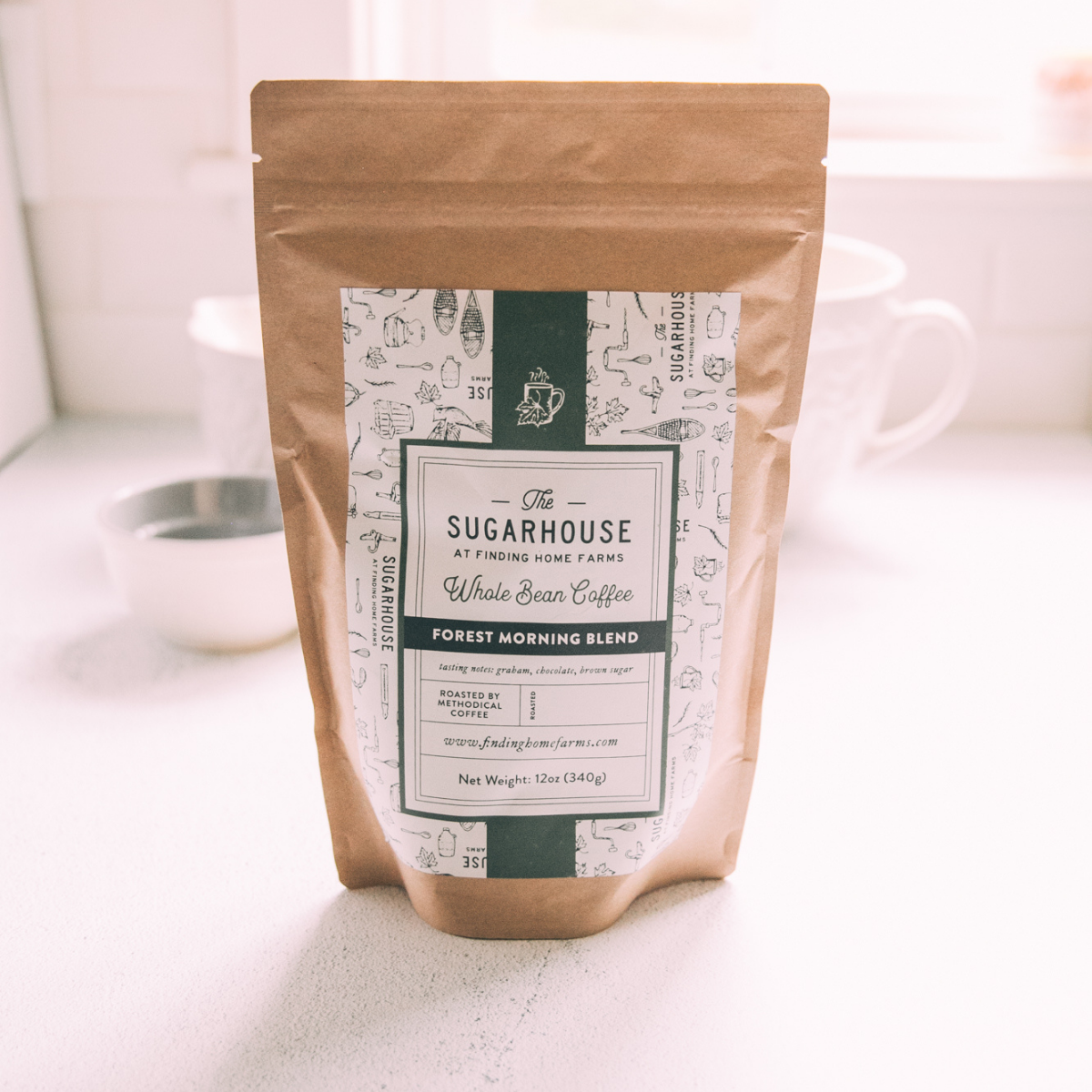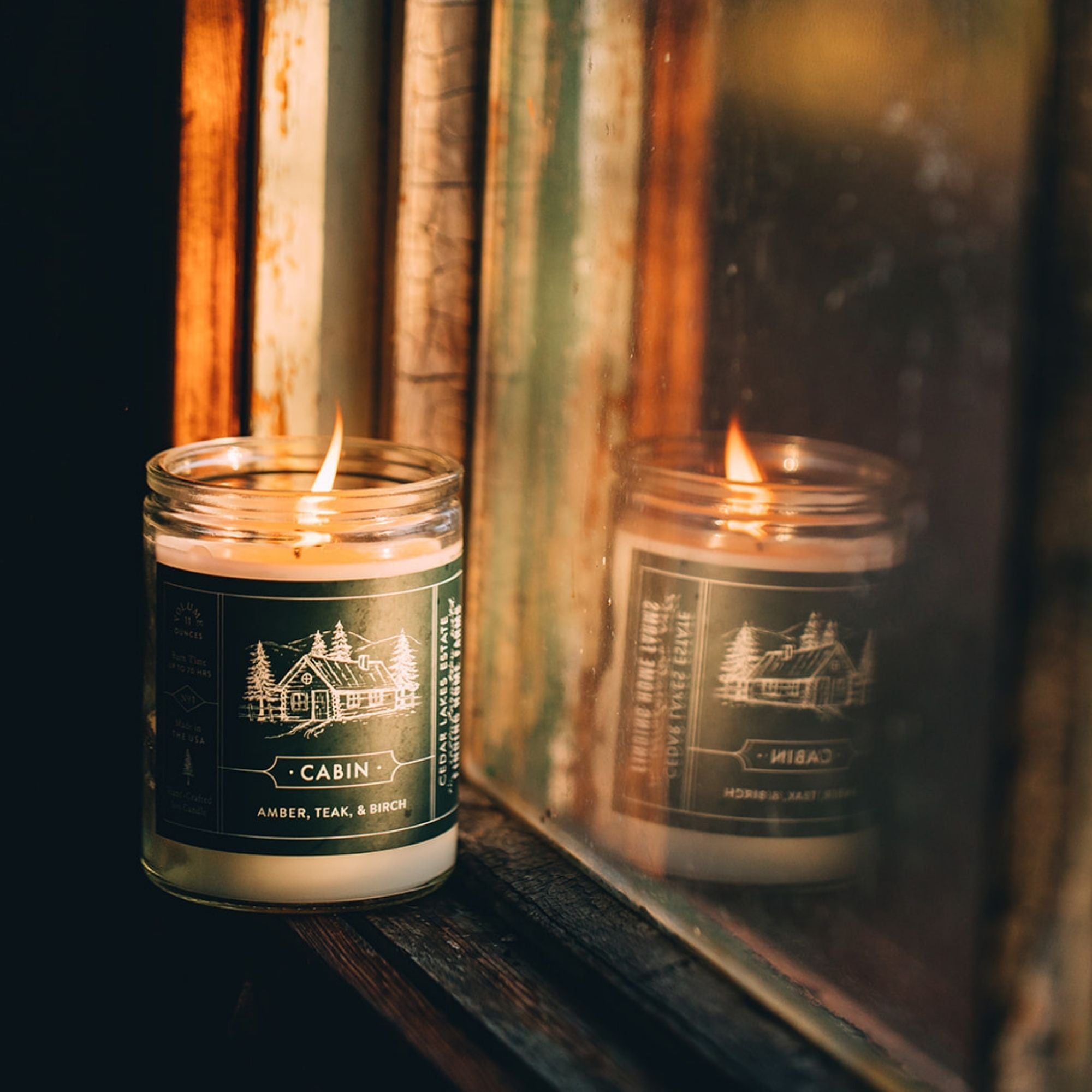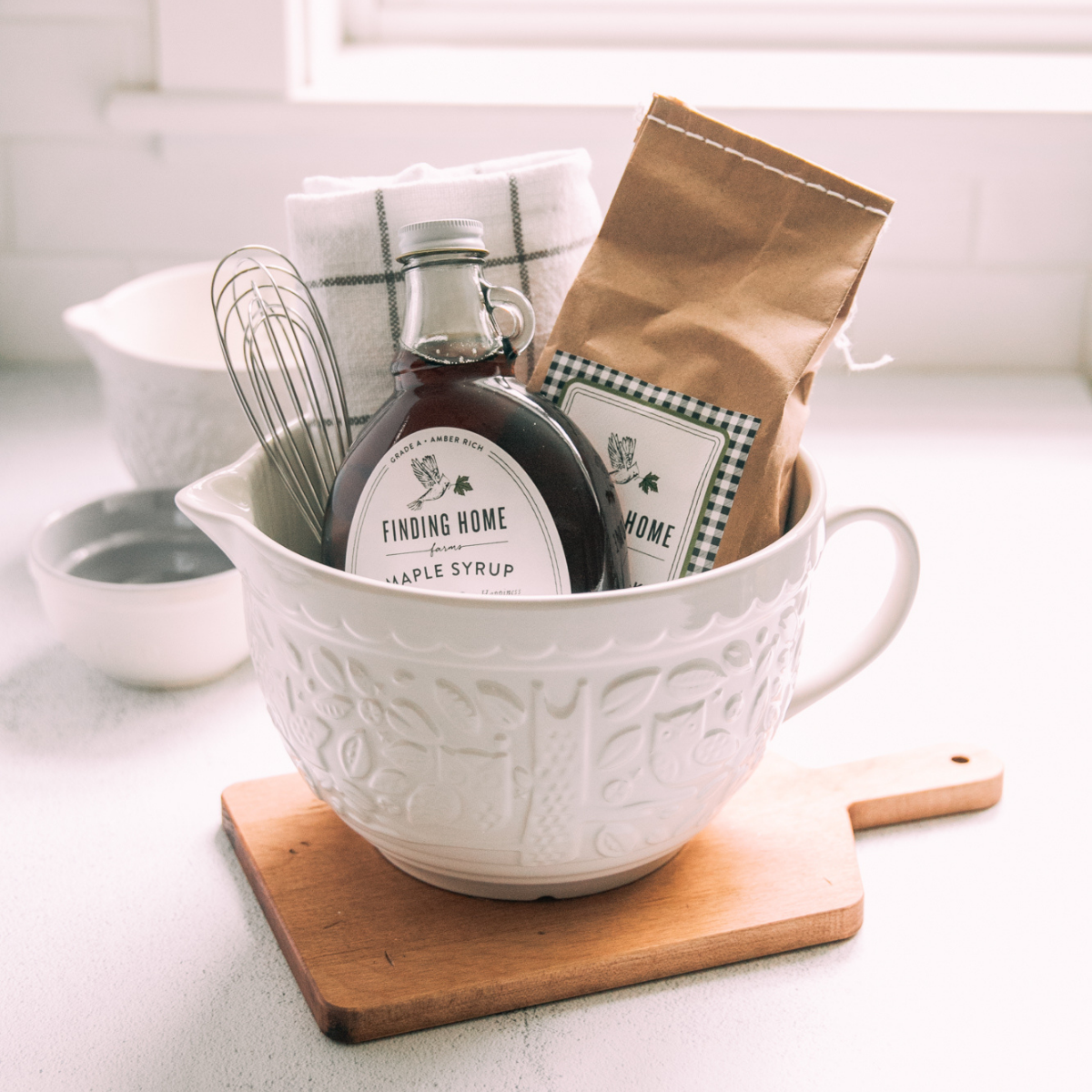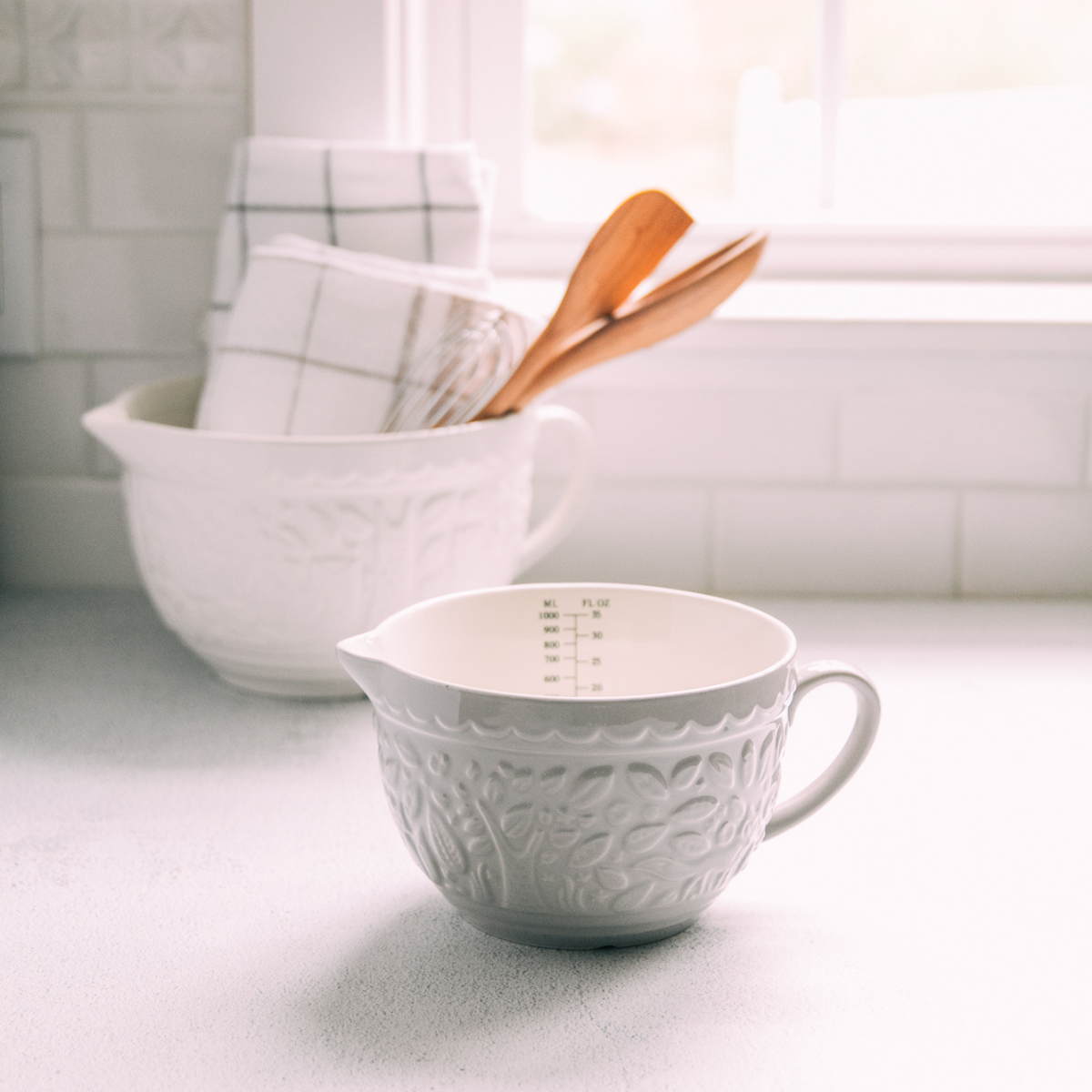DIY Art -Yardstick Deer Silhouette

Today I want to share a fun project with you - a yardstick deer silhouette.
I have had this deer wood cutout in my craft supplies for a bit. Then I was back at the craft store and saw it again – I picked up a few more. I was beginning to feel self conscience of all these deer heads I was gathering when I didn’t know what I was going to do with them. And then it hit me – a yardstick deer silhouette.
This is where I started. A simple wood cut out. Now, I chose to use a deer silhouette, but this same technique could be used for almost any design.
Step 1
I know not everyone has a collection of vintage yardsticks – so I made two different ones. One has just with new yardsticks and the other is a mixture of new and old. I found my new ones at Staples and dug through the stack to find some color variation. I am sure you can find them at many different types of stores.
I cut them down into smaller pieces and figured out the pattern to lay them out with. They can be cut using a chop saw (carefully!) or a miter box. I tried to have the numbers not fall in order – to make it look a little more “collected”.
Step 2
Then I used a fast drying glue gel to attach them.
Step 3
I placed a piece of scrap wood on the front for some extra stability and then I clamped it for about 30 minutes to be sure it was secure.
Step 4
I used my Dremel rotary tool next. If you are not familiar with this tool, it is a hand held device that can cut, sand and route in small spaces. With several passes of the router bit, on a flat surface, you are able to cut through yardsticks following the lines of the wood cutout as your guide.
Tips:
- Lucky for you, I tried a whole lot of different tips and found that the router tip really works best. The cutting tools seem to burn out pretty quickly or can't reach all of the small spaces.
- Work on a piece of scrap wood so that if it goes through, you are not ruining your work surface.
- My Dremel is a bit older, but I did find that the routing ran through the battery quickly. If you have a back-up battery, keep it charged and nearby.
Step 5
When it is finished, the edges will be a bit rough. Switch your Dremel tool to a sanding bit and smooth out all of the edges. This is what it looked like after it was sanded.
Step 6
You could leave it just as the above picture. However, I wanted mine to have more of the look of vintage even when using new yardsticks. I hit all the edge and front with Annie Sloan dark wax and then buffed it off.
Here is the completed version made with all new yardsticks.
And here is the one with a mixture of vintage and new using the same steps.
I am actually surprised because I might even like the one made with all new yardsticks better.
Imagine the possibilities if we are not limited by how many vintage yardsticks we can find!
And the one made of all new yardsticks has now made its way to the gallery wall in the office.
It is the perfect addition to my yardstick arrow.
Have a great day!
